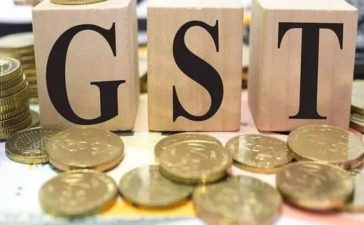
A report by the Center for Study of Science, Technology and Policy (CSTEP) highlighted that the southern states, namely Karnataka, Kerala, Tamil Nadu, Andhra Pradesh, and Telangana, boast significant solar and wind energy potentials, collectively totaling 1,526 GW of solar energy potential and 1,124 GW of wind energy potential.
However, achieving this potential requires substantial investments in strengthening the intra-region transmission infrastructure. The report suggests an investment of approximately Rs 9,245 crore by 2030, in addition to the ongoing transmission network strengthening initiatives by the Central Electricity Authority (CEA).
“Despite several initiatives by the government, the low penetration of rooftop solar systems, especially in the domestic sector, remains a concern. Out of the total 72 gigawatts of solar energy capacity in India, only 11 gigawatts are from rooftop solar installations, with a mere 2.7 gigawatts attributed to the domestic sector. Installing 3-kilowatt rooftop solar systems in 25 crore households across India could add 6.3 gigawatts to the grid, a significant contribution to achieving 500 GW by 2030,” Bhagyathej Reddy, Director Power & Utilities, PwC said on the sidelines of RenewX 2024.
Addressing the need for efficient evacuation of renewable energy (RE) generation from the southern region, the report emphasizes the necessity of significant upgrades in inter-regional transmission infrastructure. This, it asserts, is crucial to facilitate the transfer of excess power to other regions, ultimately establishing renewable energy as the mainstream electricity source in India.
Andhra Pradesh and Telangana also exhibit appreciable capacities in both wind and solar energy. Highlighting the importance of renewable energy sector Ajay Mishra, Telangana State Advisor, Energy Committee, Federation of Telangana Chamber of Commerce and Industry said, “The renewable energy market in India, particularly in South India and Telangana, presents an interesting scenario with the simultaneous growth in both renewable energy and fossil fuels. Despite this situation, there has been significant growth in non-fossil fuel energy capacity. However, alongside this growth, there has also been a 15-gigawatt addition in the renewable energy sector, accompanied by an 11-12% increase in coal production,” RenewX 2024 showcased South India’s Renewable Energy innovations with a focus on sustainability and green energy. The two day expo witnessed around 5,000 visitors exploring the innovations presented by over 150 domestic and international companies.”India boasts a vast pool of young and dynamic talent, and in recent years, the government has spearheaded numerous initiatives to position the country as an attractive manufacturing destination on the global stage. This includes the record addition of renewable energy capacity, with 18.48 GW added in 2023-24, which is over 21 per cent higher than the previous year. Looking forward, RenewX want to embark on the next level of growth path for South India’s premier renewable energy show as we take it to Chennai, opening fresh opportunities for collaboration and innovation,” Yogesh Mudras, Managing Director, Informa Markets in India said.











